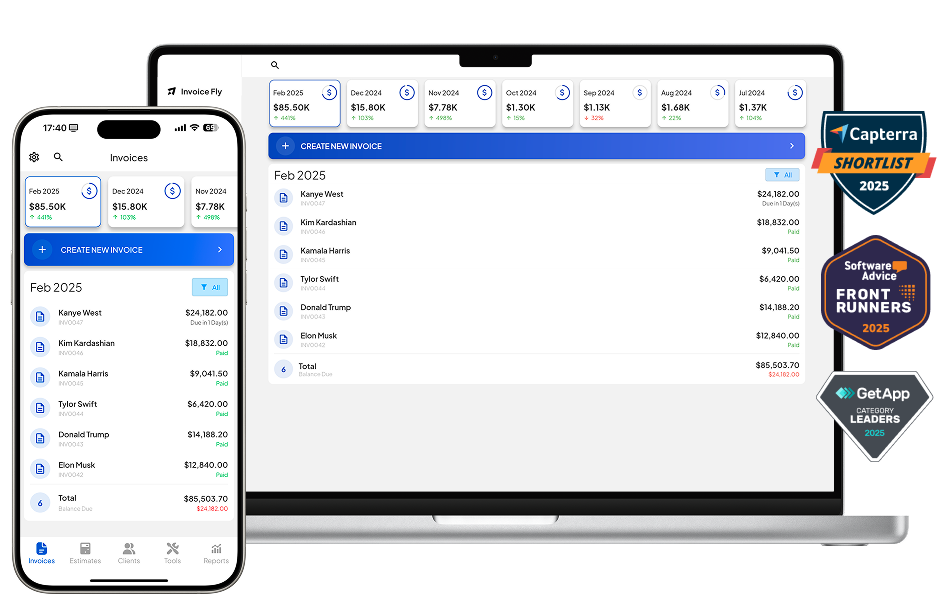- Home
- »
- Glossary Of Terms
- »
- LFCF Equation
Levered Free Cash Flow (LFCF) Equation
LFCF Equation
Levered Free Cash Flow (LFCF) is the amount of cash a business has left after covering its operating expenses, interest payments, and mandatory debt repayments. Unlike unlevered free cash flow, which ignores financing costs, LFCF shows the true cash available to equity shareholders. It is a critical metric in corporate finance, valuation, and investment banking because it reflects the company’s ability to generate distributable cash after servicing its financial obligations.
The Levered Free Cash Flow Formula
The general equation for calculating LFCF is:
LFCF = Net Income + Non-Cash Expenses (e.g., Depreciation & Amortization)
- Change in Net Working Capital - Capital Expenditures
- Mandatory Debt Repayments
In practice, analysts often begin with EBIT or EBITDA and then adjust for interest, taxes, capital expenditures (CapEx), and changes in working capital to arrive at levered FCF.
Example of Levered Free Cash Flow
Suppose a company has:
- Net Income: $50 million
- Depreciation: $10 million
- Capital Expenditures: $20 million
- Change in Working Capital: +$5 million
- Debt Repayments: $15 million
Using the formula:
LFCF = 50 + 10 - 5 - 20 - 15 = $20 million
This means the company has $20 million in levered free cash flow available to distribute to shareholders.
Importance of LFCF in Valuation
Financial analysts use LFCF to assess:
- Equity Valuation: By discounting LFCF at the cost of equity, one can determine the intrinsic value of a company’s equity.
- Debt Capacity: LFCF indicates how much debt a company can sustain without endangering operations.
- Dividend & Buyback Potential: Strong positive LFCF means a company can reward shareholders.
- Risk Assessment: Negative or volatile LFCF may signal liquidity issues or unsustainable debt levels.
LFCF vs. Unlevered Free Cash Flow (UFCF)
- LFCF: Accounts for debt repayments and interest, showing cash available only to equity holders.
- UFCF: Excludes debt obligations, showing cash available to both debt and equity investors. It is often used in DCF valuation models where analysts discount UFCF by the WACC (Weighted Average Cost of Capital).
Key Insights
- A positive LFCF indicates financial health and the ability to grow, invest, or return capital to shareholders.
- A negative LFCF may be normal during growth phases but can also suggest excessive debt burden.
- Investors and banks often compare LFCF yields (LFCF ÷ Equity Value) to assess company performance relative to peers.
LFCF vs UFCF vs FCFE (Quick Comparison)
These cash-flow lenses answer different valuation questions. Use this guide to pick the right metric and discount rate.
UFCF — Unlevered Free Cash Flow (to the Firm)
- What it shows: Cash available to all capital providers (debt + equity) before financing.
- Common formula:
UFCF = EBIT × (1 − Tax) + D&A − Capex − ΔNWC - Discount rate: WACC (gives Enterprise Value).
- Use cases: Standard DCF for operating businesses; capital-structure neutrality.
- Pros: Comparable across leverage levels; aligns with enterprise multiples.
- Cons: Requires net debt adjustments to reach equity value.
LFCF — Levered Free Cash Flow
- What it shows: Cash left after interest and mandatory debt repayments; effectively cash to equity after servicing debt.
- Common formula:
LFCF = Net Income + D&A − Capex − ΔNWC − Mandatory Debt Repayments - Discount rate: Cost of Equity (gives Equity Value directly).
- Use cases: Equity valuation when leverage and amortization schedules matter.
- Pros: Reflects real cash to shareholders after debt service.
- Cons: Sensitive to financing assumptions; less comparable across firms with different leverage.
FCFE — Free Cash Flow to Equity
- What it shows: Cash available to equity holders after all expenses, taxes, working capital, Capex, and net debt flows.
- Common formula:
FCFE = Net Income + D&A − Capex − ΔNWC − Debt Repayments + New Debt Issued - Relationship to LFCF:
FCFE = LFCF + Net Borrowing(debt issued − repayments). - Discount rate: Cost of Equity (gives Equity Value).
- Use cases: Modeling dividends/buybacks capacity when leverage changes over time.
Formulas at a Glance
- From EBITDA to UFCF:
EBITDA − Taxes on EBIT − Capex − ΔNWC(assuming D&A already in EBITDA bridge). - From EBITDA to LFCF:
EBITDA − Taxes on EBIT − Capex − ΔNWC − Interest (after tax) − Mandatory Debt Repayments - From LFCF to FCFE:
FCFE = LFCF + Net Borrowing
Which One Should I Use?
- Comparing businesses or testing capital structure: Use UFCF and discount at WACC.
- Equity value with fixed amortization schedules: Use LFCF and discount at Cost of Equity.
- Equity value with changing leverage: Use FCFE (explicit net borrowing), discount at Cost of Equity.
Quick Notes
- FCF Yield:
FCF Yield = (LFCF or FCFE) ÷ Equity Market Cap(equity-focused) orUFCF ÷ Enterprise Value(enterprise-focused). - Not the same as ROIC:
ROIC = NOPAT ÷ Invested Capital; it measures operating return, not cash distribution capacity.

FAQs LFCF Equation
LFCF = Net Income + Non-Cash Charges – Changes in Working Capital – CapEx – Debt Repayments.
A good Free Cash Flow ratio depends on the industry, but generally, a consistently positive ratio compared to debt and equity signals financial health.
Start with EBITDA → subtract taxes, CapEx, changes in working capital, interest, and mandatory debt repayments.
FCF to Debt Ratio = Free Cash Flow ÷ Total Debt.
ROIC = Net Operating Profit After Taxes (NOPAT) ÷ Invested Capital.
Yes, levered FCF is effectively the same as Free Cash Flow to Equity (FCFE).
It can indicate liquidity problems, but in growth companies it may simply reflect heavy reinvestment.
Higher FCF is generally better, as it means more cash is available for growth or shareholder returns.
FCF = Operating Cash Flow – Capital Expenditures.

Other Free Resources

Try Invoice Fly Today
- Send quotes & invoices in seconds
- Collect card & online payments
- Receive instant notifications
- Win more jobs


